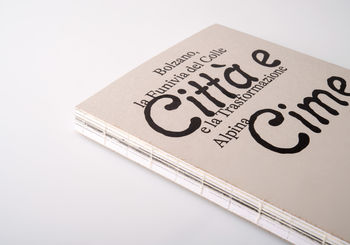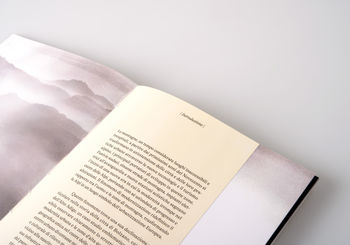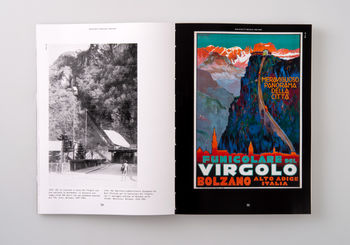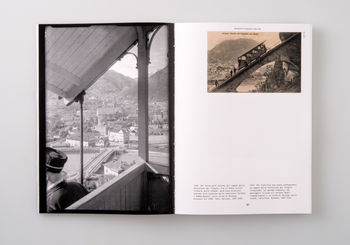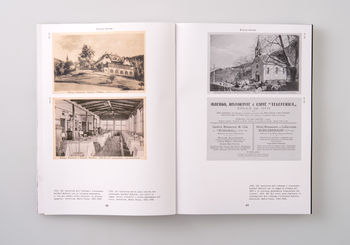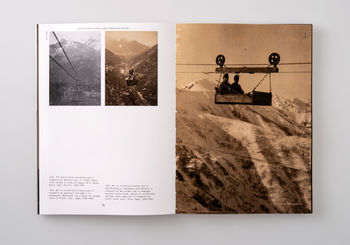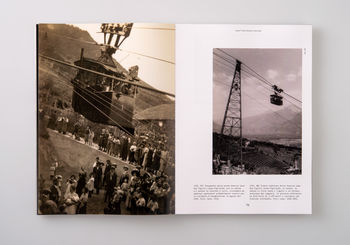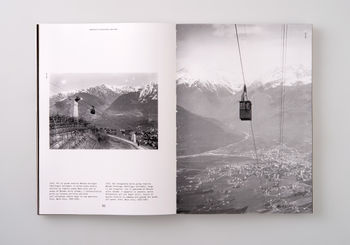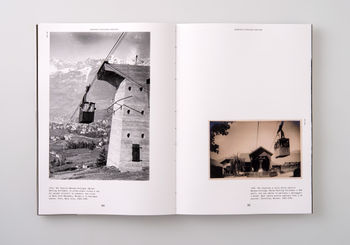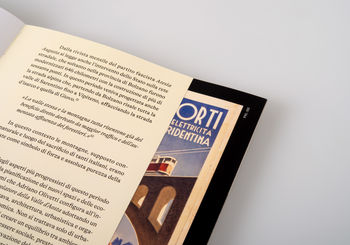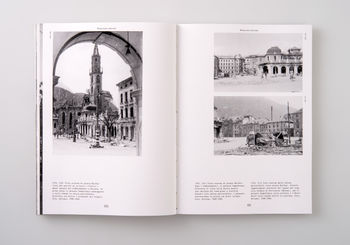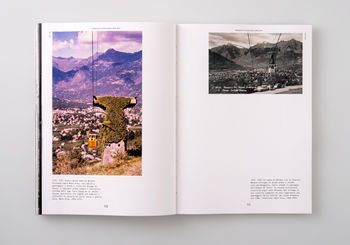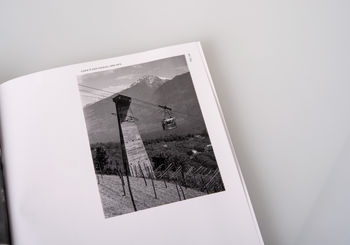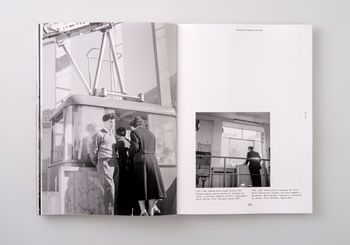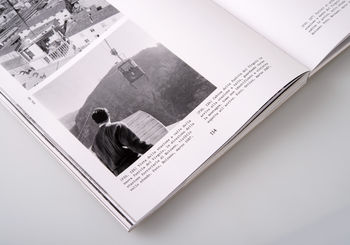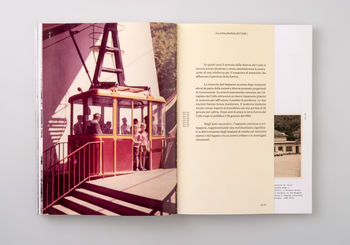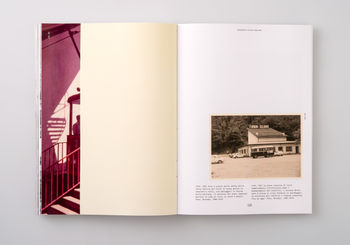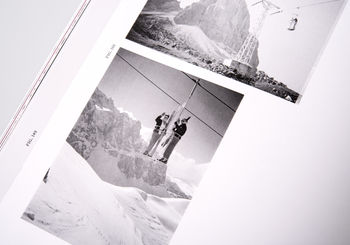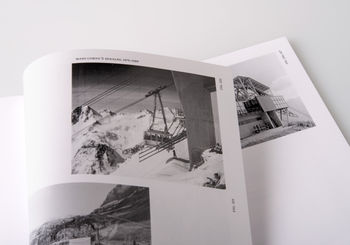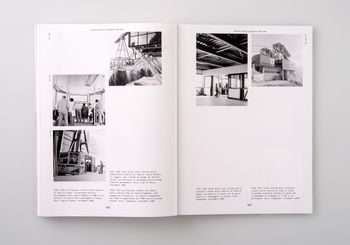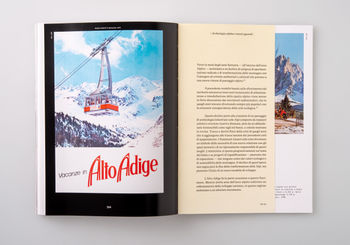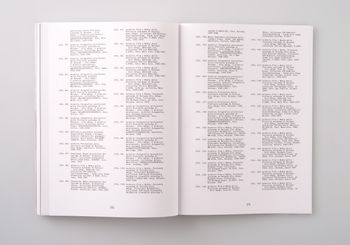CITTÀ E CIME: Bolzano, la Funivia del Colle e la Trasformazione Alpina
Stefano Lattuada
IT:
Le Alpi, a partire dall’inizio del Novecento, sono state soggetto di un colossale progetto di riconcettualizzazione, infrastrutturizzazione e urbaniz- zazione. Le nuove tecnologie, come funicolari, funivie e centrali idroelettriche hanno permesso una rottura delle barriere che fino al secolo precedente ave- vano reso inaccessibili le vette alpine, trascinando questi territori in una nuova epoca all’insegna del dinamismo e della modernità e dove tecnica e natura si intrecciano. L’avvento del turismo e lo sviluppo economico hanno letteralmente trasportato nuovi valori e immagini dalle città all’alta quota, segnando profon- damente l’intero arco alpino.
Bolzano non fa eccezione a questi fenomeni. Nel capoluogo si sviluppò una relazione particolare tra centro urbano, situato nel fondovalle, e le monta- gne circostanti. Due paesaggi distinti, posti su diversi livelli e altitudini, che ven- gono connessi da binari e funi in acciaio, aprendo la strada ad una nuova visione del territorio e a un’espansione verticale della città. Motore di questa relazione sono le funivie e i progetti arditi che hanno caratterizzato la regione e che hanno l’asciato un’impronta marcata sull’aspetto del territorio, ancora oggi visibile.
Il progetto di tesi ricostruisce queste storie, focalizzandosi sullo svi- luppo delle infrastrutture e del loro ruolo nel contesto storico e sociale di Bolzano e delle Alpi centrali. Attraverso una vastissima indagine in archivio sono state individuate fotografie d’epoca, cartoline e documenti storici per riflet- tere sul ruolo che i documenti possono svolgere nella narrazione di complessi fenomeni di infrastrutturazione e di costruzione di uno sguardo turistico sulla regione. La tesi, presentata sotto forma di pubblicazione, ha il duplice scopo di narrare la storia del cambiamento del paesaggio, offrendo al contempo una rilettura moderna del lavoro editoriale nella narrazione storica.
EN:
Since the beginning of the twentieth century, the Alps have been the subject of a colossal project of reconceptualisation, infrastructuralisation and urbanisation. New technologies, such as funiculars, cable cars and hydroelectric power stations, have allowed new forms of accessibility to the Alpine peaks that were unhospitable until the previous century, bringing these territories to a new era of dynamism and modernity where technology and nature intertwine. The advent of tourism and the economic development introduced new values and images, imported from the cities to the high altitudes, profoundly marking the entire Alpine arc.
Bolzano is no exception to these phenomena. In this city, an unprece- dented relationship developed between the urban center, located on the valley floor, and the surrounding mountains. Two distinct landscapes, located on dif- ferent levels and altitudes, were connected by tracks and steel cables, leading to a new vision of the territory and a vertical expansion of the city. The driving force behind this relationship are, firstly, the cableways and also other audacious projects that left a deep mark on the appearance of the territory. These marks are still visible today.
This thesis project aims to trace these stories, focusing on the deve- lopment of infrastructures and their role in the historical and social context of Bolzano and the Central Alps. Historical photographs, postcards and docu- ments were identified by means of an extensive archive investigation in order to reflect on the role that these documentary traces play in the narration of complex the historical phenomena of infrastructuration and in the formation of a tourist’s perspective on the region. The thesis is presented in the form of a publication. It has the dual purpose of narrating the history of landscape chan- ges while at the same time offering a modern reinterpretation of editorial work in historical narration.
